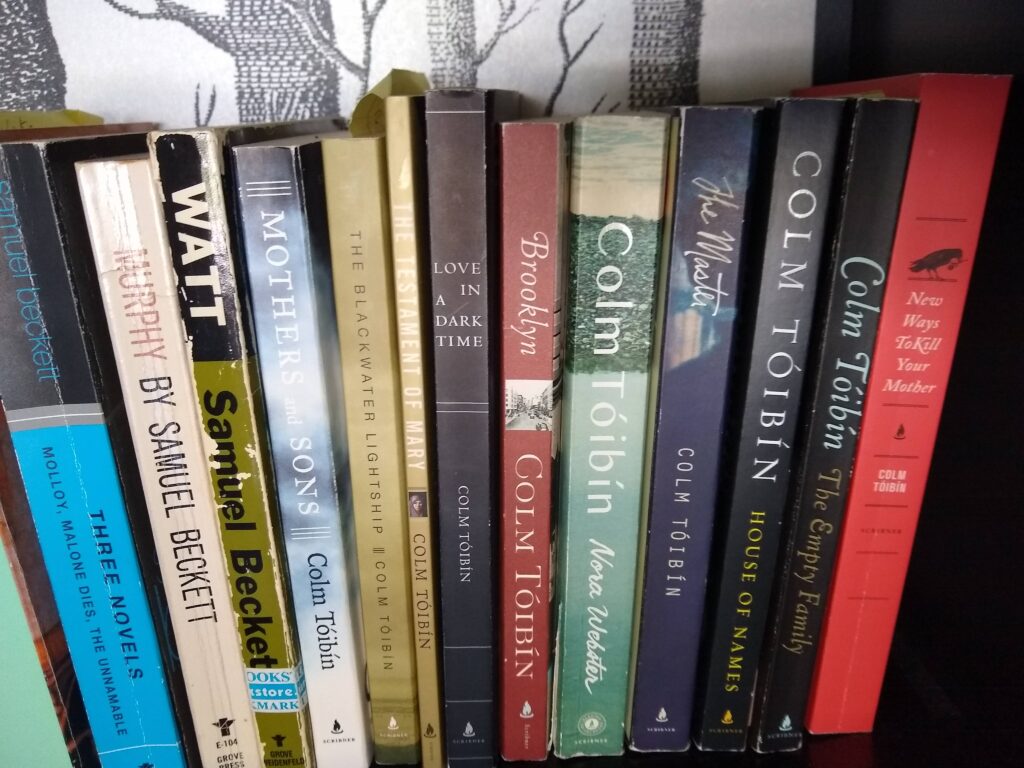Read my new essay, “Woolf in the Background: Distance as Visual Philosophy, Then and Now,” a chapter in the now-released collection on Mobility, Spatiality, and Resistance in Literary and Political Discourse. In this essay, I establish Woolf’s perceptive technique of “toggling” between foregrounds and backgrounds in Orlando. This way of writing reinforces and illustrates Woolf’s greater ontology of depth and betweenness:
Category: Research & Publications
My essay “Ritual Architectures: Doorless and Makeshift Boundaries in Faulkner’s Slave Quarters” is now available in the Faulkner and Slavery collection in the Faulkner and Yoknapatawpha Series. The University Press of Mississippi released this work in June 2021:
A huge thank you to the AAUW for awarding me the American Fellowship for this academic year! I am now writing my new manuscript on the motion of the body as represented in the novel and its consequences for a modern philosophy of violence. The working title is Minor Fiction: Minor Choreographies in the Novel. Check out the AAUW website and the variety of funding they offer to women across disciplines since 1881. They have funded many famous researchers, academics, politicians, scientists, artists, and humanitarians such as Marie Curie, Coretta Scott King, Margaret Mead, Susan Sontag, and Eleanor Roosevelt. A special thanks to my personal sponsors, associated with Dr. Judith Resnik, who was an astronaut in the 1986 Challenger, and Dr. Marian C. Sheridan.
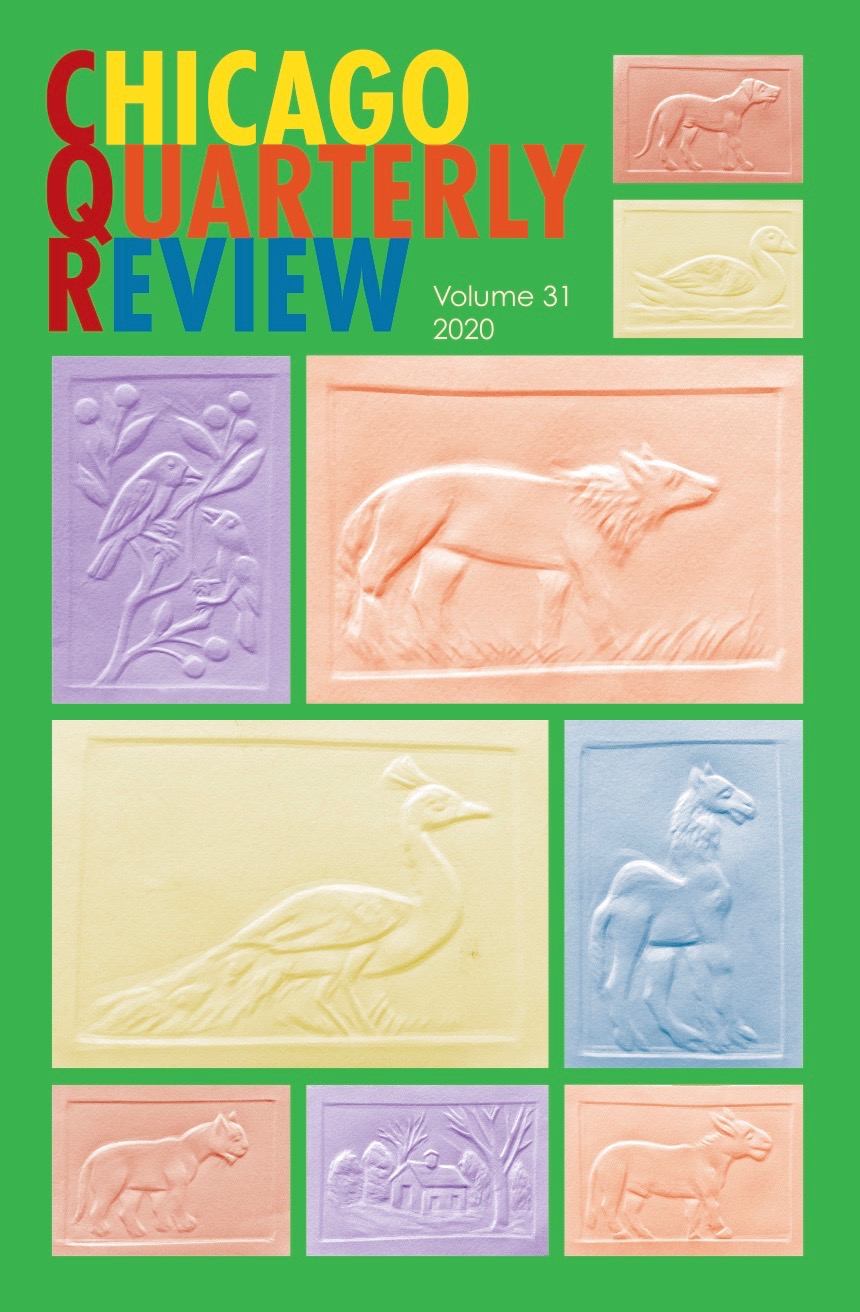
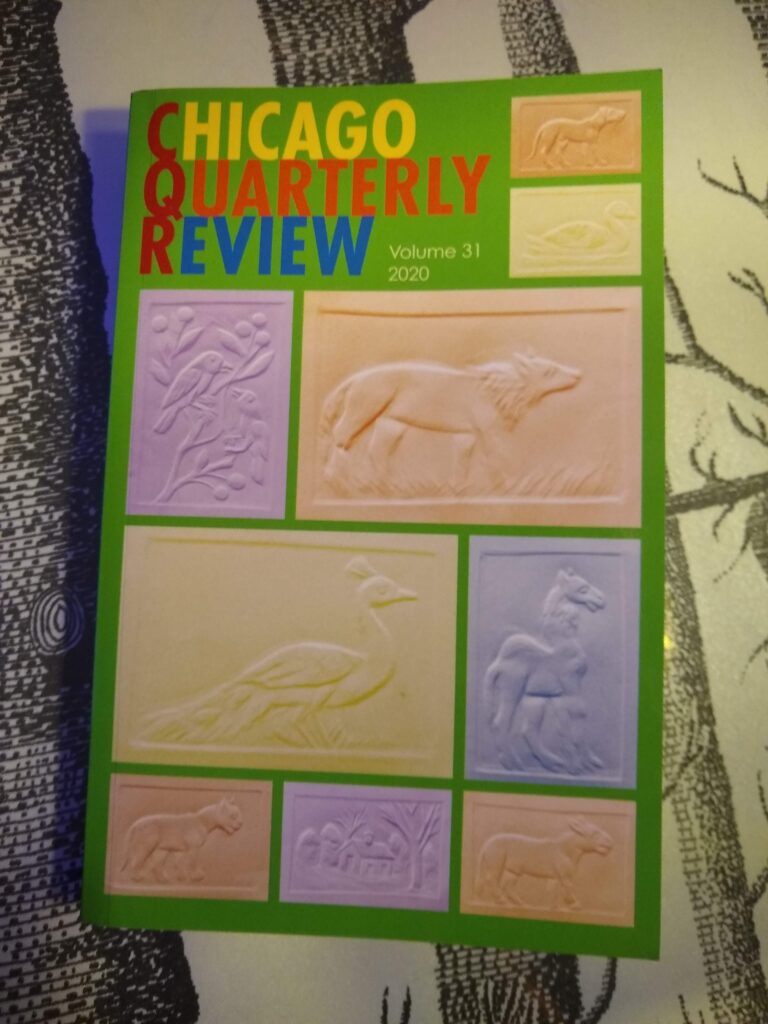
Find my new short story, “The Man Takes His Time,” in the summer 2020 issue of the Chicago Quarterly Review. You can also purchase a copy of volume 31 on Amazon.



Modern Language Studies, the journal for the Northeast Modern Language Association published my folk tale translation and commentary in their most recent issue (Volume 49, Number 2, Winter 2020.) This issue can now be purchased through the MLS website. “János Mailáth’s ‘Erzsi die Spinnerin’: Introduction and Translation” includes a critical commentary and first English translation of a tale from Hungarian historian and folklorist János Mailáth’s 1825 German language collection, Magyarische Sagen, Marchen und Erzahlungen. In the commentary, I establish the tale’s political and religious context, address its relation to Romantic literary culture and its perceived inauthenticity, contextualize it among fairy tale genres and particularly in relation to other spinner tales, and argue for its vitality to Søren Kierkegaard’s philosophy of infinite resignation given his direct discussion of the tale in Fear and Trembling. I also presented this original work at the 2019 Modern Language Association in Chicago on a panel for Hungarian literature.
“The Philosopher’s Truth in Fiction: An Interview with David Kleinberg-Levin” was also published in issue 21 of Chiasmi International. This interview with David Kleinberg-Levin, Professor Emeritus in the Department of Philosophy at Northwestern University, concerns his recent trilogy on the promise of happiness in literary language. Kleinberg-Levin discusses the relationship between and among philosophy, phenomenology, and literature. Among others, he addresses questions regarding literature’s ability to offer redemption, its response to suffering and justice, literary gesture, the ethics of narrative logic, and the surface of the text.
Find my new article, “The Tension of Intention: Merleau-Ponty Gestures Toward Kafka,” in a special issue (21) of Chiasmi International on Merleau-Ponty’s conception of literature and literary language. This article examines Maurice Merleau-Ponty’s reference to Franz Kafka’s “The Metamorphosis” and “Investigations of a Dog” in his lecture on gesture and reconciliation, “Man See from the Outside.” Given the centrality of gesture in Kafka’s work, this essay considers the connections between the two figures and the likely influence of Kafka on Merleau-Ponty’s concept of gesture and intentionality. It compares their respective philosophies of gesture as they relate to meaning, reliability, silence, music, and intention. Finally, Kafka’s gestural motif of the springing body is suggested as a significant example of Merleau-Ponty’s “escaping intentions,” expressing a powerful will to intend toward others.

Bodleian Library, Oxford University 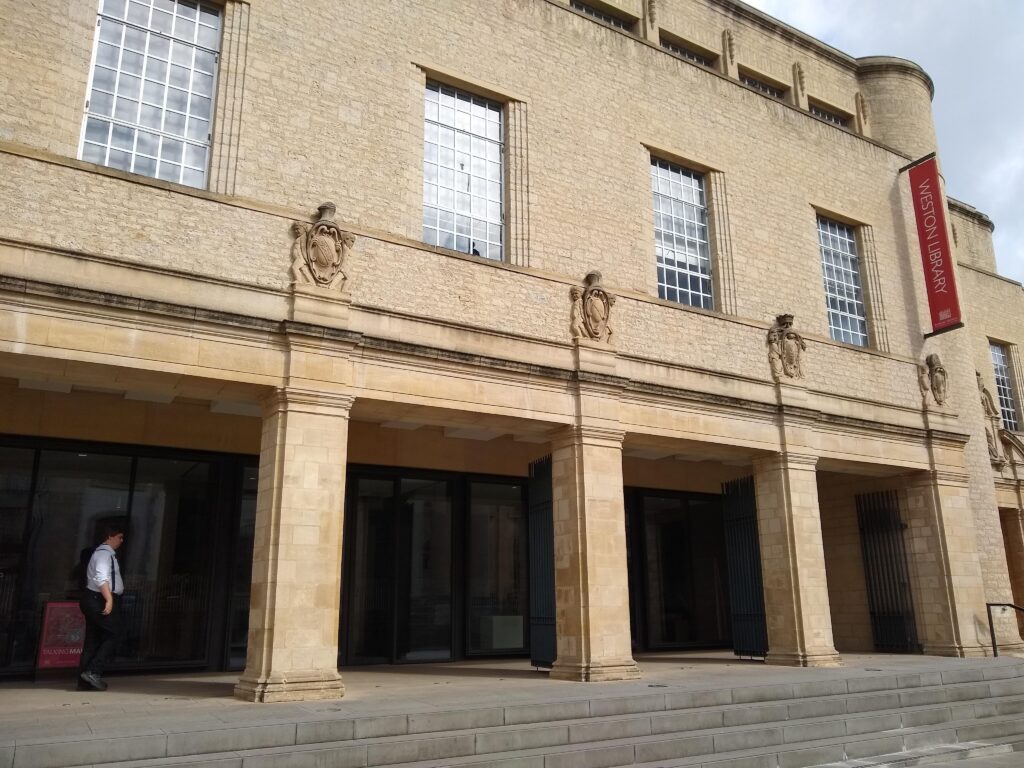
Weston Library, home of the Franz Kafka papers 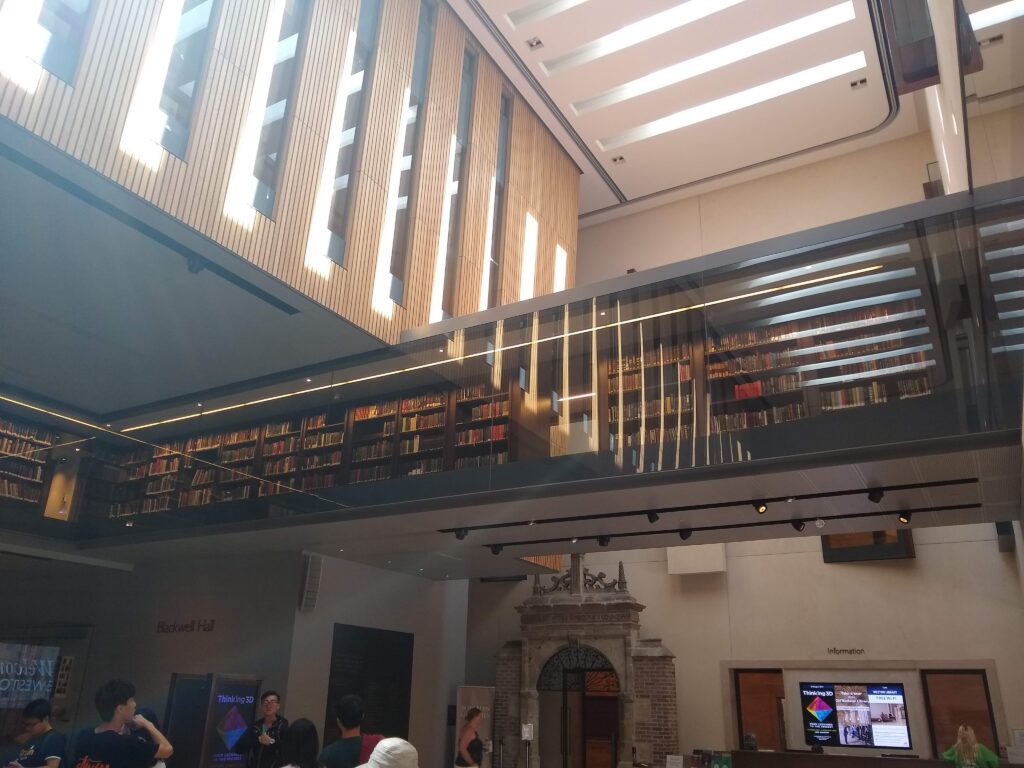
Weston Library
Many thanks to the Northeast Modern Language Association for funding my research in the Franz Kafka papers at the Bodleian Library at Oxford University in August of 2019. My initial findings from Kafka’s sketches and handwriting were presented at a poster session at NeMLA’s annual convention for 2020 in Boston, MA. As a recent recipient of the fellowship , I studied Kafka’s sketches and handwriting in order to continue my research on gesture, modernism, and the modern novel. This work is significant to my future manuscript on bodily motion in the novel and other articles. Stay tuned for more work on Kafka’s sketches!
This study is an extension of my recent publication on Kafka, gesture, and phenomenology. You can find “The Tension of Intention: Merleau-Ponty Gestures Toward Kafka” in issue 21 of Chiasmi International , which is the trilingual language journal concerned with the philosophy of Maurice Merleau-Ponty.


U.S. Studies Online: Forum for New Writing reviews the program for last summer’s annual Faulkner and Yoknapatawpha conference, the theme of which was slavery. My own presentation is mentioned. The corresponding essay, “Ritual Architectures: Doorless and Makeshift Boundaries in Faulkner’s Slave Quarters” is forthcoming in Faulkner and Slavery, published by the University Press of Mississippi. See the article for last year’s highlights:
